This article was co-authored by wikiHow Staff. Our trained team of editors and researchers validate articles for accuracy and comprehensiveness. wikiHow's Content Management Team carefully monitors the work from our editorial staff to ensure that each article is backed by trusted research and meets our high quality standards.
There are 8 references cited in this article, which can be found at the bottom of the page.
This article has been viewed 70,531 times.
Learn more...
Writing an unsolicited circular letter is a great way to get information to a large group of people at once. It is used most often to get info out about goods or services one wants to advertise. However, it can also be used for non-business reasons, such as for spreading information about a community meeting or about a change in your life. In order to write one yourself, you need to start by deciding on your topic and your supporting points. With these on hand, you can easily outline and then draft your letter. To finish it up you just need to read it over once more for typos and to ensure that the letter provides all of the information you want it to.[1]
Steps
Writing Your Introduction
-
1Decide who your letter should be written to. When writing a circular letter it is important to have a specific audience in mind. Knowing who your audience is from the get-go will help you to craft a clear and effective letter that is customized specifically to them.[2]
-
2Write an introductory greeting. Begin with a general salutation, such as "Dear Investor" or "Hello Dear Customer." This simple greeting sets the tone for the letter and shows that you are a professional.[3]
- For a circular letter that is going to many people, you can’t use the common personal greeting, such as “Dear Jane Smith.” Instead, you have to use very general language while still being cordial and engaging.
- You can try a warm greeting, such as "Dear Valued Customers," or "Dear Esteemed Colleagues," or a just simple greeting, like "Dear Community Members."
Advertisement -
3Give a brief explanation of who you are. This information should include your professional position, if that is pertinent to the letter, and how you are connected to the readers. This gives the reader context about why you are writing to them, and thus tells them why they should keep reading.
- For example, if you own a catering business and you are writing to previous clients, write, "My name is Erin Smith and I own Catering Plus. I'm writing to you today because I am grateful to have had you as a customer in the past."
Tip: Even if you think that everyone reading the letter already knows who you are, giving them a brief explanation of your position gives context for why you are writing to them.
Composing the Body of Your Letter
-
1Tell your readers about your main topic in the first paragraph. When writing a circular letter it's important to let the reader know your point rather quickly. Instead of beating around the bush, tell the reader what you want them to know right away. This will ensure that even if they don’t keep reading, they get the general idea.
- Are you writing to promote a sale? Are you writing to inform people about an investment opportunity? Whatever the main message is, clarify that at the beginning.[4]
- For example, if you want the reader to buy your product, say something like, "I am writing today because I have a wonderful new product that I think you might find useful."
Tip: The main point of a circular letter should not be complicated. The more clear and simple your point is, the more people are likely to understand the point even with a quick scan of your letter.
-
2Make a list of your supporting points so you can refer to it as you write. Having additional points or ideas you want to express in the letter written out in a list can help you stay on message as you write the body of the letter. Make bullet points of everything you want to be included in the letter so that you can remember to include them all and cross them off when you have included them.[5]
- For example, if you are writing about a sale on a product you sell, bullet points you might list include the sale price or discount percentage, how long the sale will be running, and how to contact you to purchase the product.
-
3Give supporting information in 1 or 2 core paragraphs. Each of your paragraphs should be focused on supporting your overall point. Tell the reader the details about why they need your product, why they should do what you are asking them to do, or why changes are happening in your company. These need to be short, clear paragraphs that work to prop up the central point of your letter.[6]
- For example, if your letter is about a sale your business is having, make one paragraph about what exactly is on sale. Begin the paragraph by writing, "Let me tell you a bit about this product so that you understand what a great deal we are offering."
- Another paragraph could be about why your offer is such a good deal. You could start this paragraph by telling your potential customers, "We are offering you such a good deal on this product because we value you as a customer and we want to pass our savings on to you."
- If you are writing to your company's employees about the office moving to a new building, the core one or two paragraphs should contain a general timeline for the move and how they should expect the move to impact their workflow. You could start by saying, "The whole move should take 2 weeks," and then go into detail about how that time will be broken down.
-
4Write out a concluding paragraph or statement. In your conclusion, you should restate your main point and thank the reader for taking the time to read your letter. This will drive your point home and create a good feeling as the reader finishes reading your letter.[7]
- For example, if your circular letter is telling readers about your new professional position, repeat your title and why this information might be important for the reader to know. You could say, "Once again, I am very grateful to now be the head of the marketing division of Omniglobal and I hope that with this new position I will be able to build a new and productive relationship with your company."
Proofreading and Editing Your Letter
-
1Edit your letter for length. A circular letter should be long enough to give the reader all the pertinent information you want them to know. However, it also needs to be short enough so that the reader doesn't get bored reading it. If the letter is longer than a page, it needs to be shortened. Look for repetition in your writing and edit that out. Also, assess whether your reader needs to know all the details you have provided and take some out if they don't.
- It can be difficult to edit your own writing, as you thought that everything you included was important enough to include. Because of this, consider asking someone with fresh eyes to look over your work.
-
2Read over your letter and fix any typos. Once you finish writing it's important to go over your work to look for mistakes. Taking the time to do this will help ensure that your letter comes across professionally and that the reader can focus on your message, instead of your mistakes.[8]
Tip: If you are worried about typos even after going over the letter yourself, ask a friend or coworker to look at it as well.
-
3Make sure that you are releasing authorized information. When sending a business letter it's important to give out very limited information. Do not send out confidential information or information that you don't want the general public to know in a circular letter.[9]
- For example, if you are writing a circular letter that is going out to employees about a change in leadership in your company, in many cases you don't want to include the underlying reasons for the change as they might reflect poorly on the company or they might open the company up to a lawsuit.
-
4Format your letter. Your letter should have a business format that includes the name of your business and its address at the top, usually in the center. If you have a business header, that can serve this purpose. You should also include the date at the top left-hand side above the greeting so that readers know if the letter is current when they read it.[10]
- At the bottom of the letter you should include your name and contact information, which usually includes your email address and phone number.
-
5Verify that you are sending your letter to the right people. After you have finished your letter all you need to do is send it out. However, look over your mailing list one more time before you send it just to make sure that it's going out to everyone you want it to and that the addresses you are using are correct.
- In general, make your mailing list as large as possible if you are getting information out about your business. The more people you reach, the more likely you will get more customers and business connections.
References
- ↑ https://www.communicationtheory.org/circular-letters/
- ↑ https://thebusinesscommunication.com/kinds-of-circular-letter-features-of-circular-letter/
- ↑ https://owl.purdue.edu/owl/subject_specific_writing/professional_technical_writing/basic_business_letters/index.html
- ↑ https://writingcenter.unc.edu/tips-and-tools/business-letters/
- ↑ https://owl.purdue.edu/owl/subject_specific_writing/professional_technical_writing/basic_business_letters/index.html
- ↑ https://owl.purdue.edu/owl/subject_specific_writing/professional_technical_writing/basic_business_letters/index.html
- ↑ https://owl.purdue.edu/owl/general_writing/common_writing_assignments/argument_papers/conclusions.html
- ↑ https://writingcenter.unc.edu/tips-and-tools/business-letters/
- ↑ https://www.elionline.com/res/ftpeli/resources/bestcommercialpractice/int/M3_W5_int.pdf

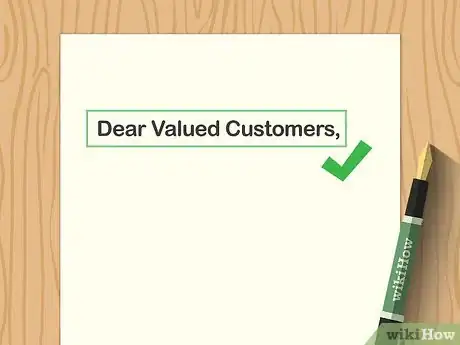
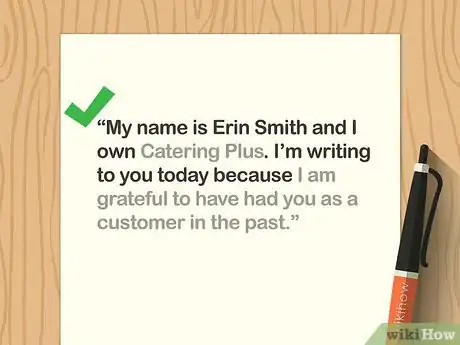

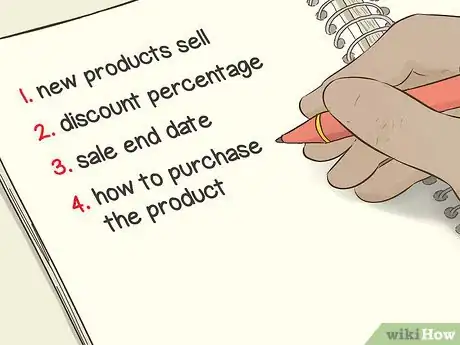




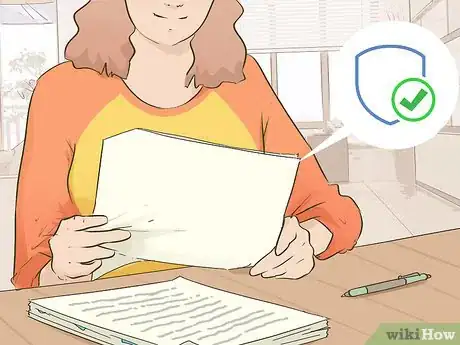




-Step-10-Version-2.webp)






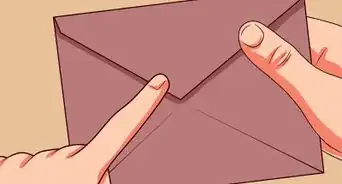
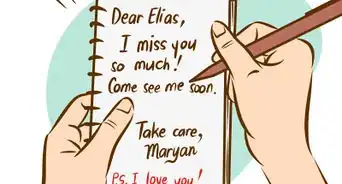


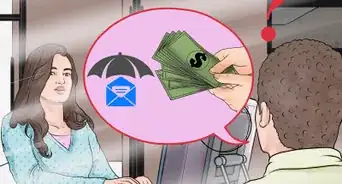








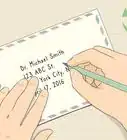

-Step-10-Version-2.webp)



































